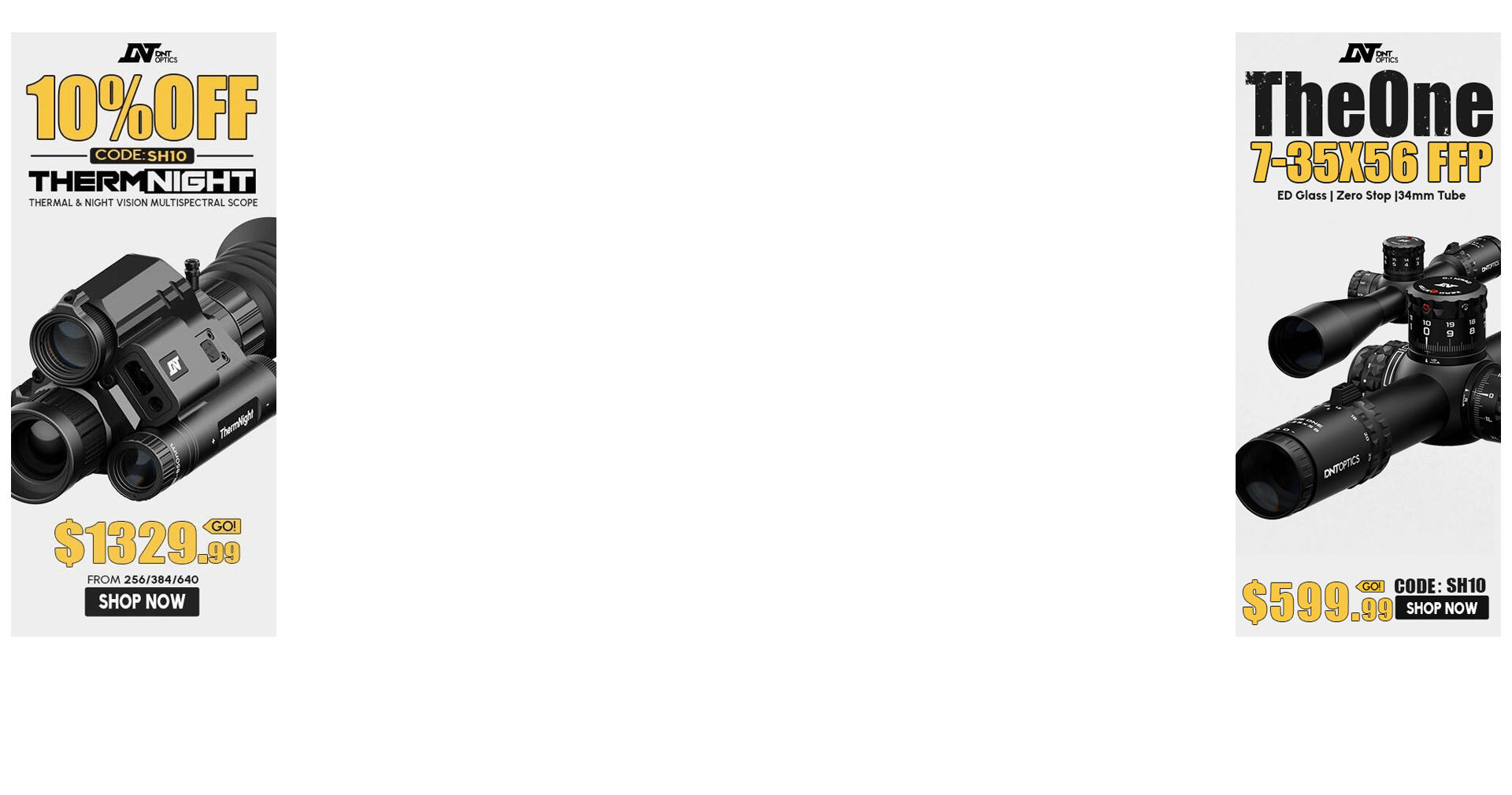Which scope you think has best sight box and eye relief distance? With that i mean most comfortable and forgiving positioning of an eye behind a scope.
From my experience i'd say:
Swarovski (very forgiving, picture is clean without shades on the edges and allows for very liberal eye placement)
SchmidtBender (i think it requires relatively (compared to Swaro) accurate eye placement however once there picture is clear)
IOR (not longest of eye reliefs but i'd say pretty much up there regarding eye placement maybe a tad more demanding)
Hawke (eye relief ok however there is very narrow box in which picture is good)
I haven't had experience from other manufacturers...
From my experience i'd say:
Swarovski (very forgiving, picture is clean without shades on the edges and allows for very liberal eye placement)
SchmidtBender (i think it requires relatively (compared to Swaro) accurate eye placement however once there picture is clear)
IOR (not longest of eye reliefs but i'd say pretty much up there regarding eye placement maybe a tad more demanding)
Hawke (eye relief ok however there is very narrow box in which picture is good)
I haven't had experience from other manufacturers...





